
Residential & Commercial Pest Control

Residential & Commercial Pest Control
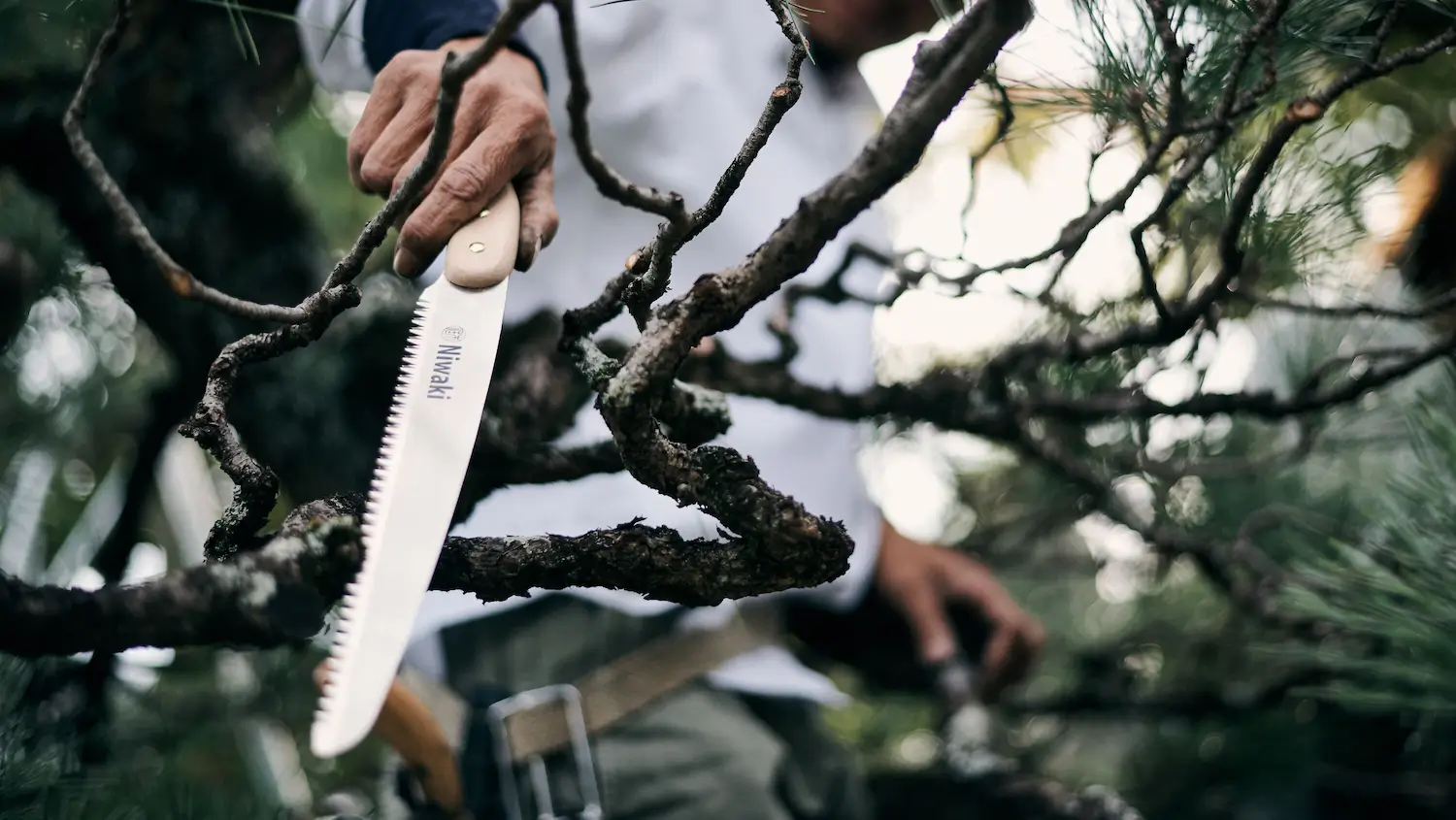
Maintenance & Equipment Tips

Smart Irrigation Systems
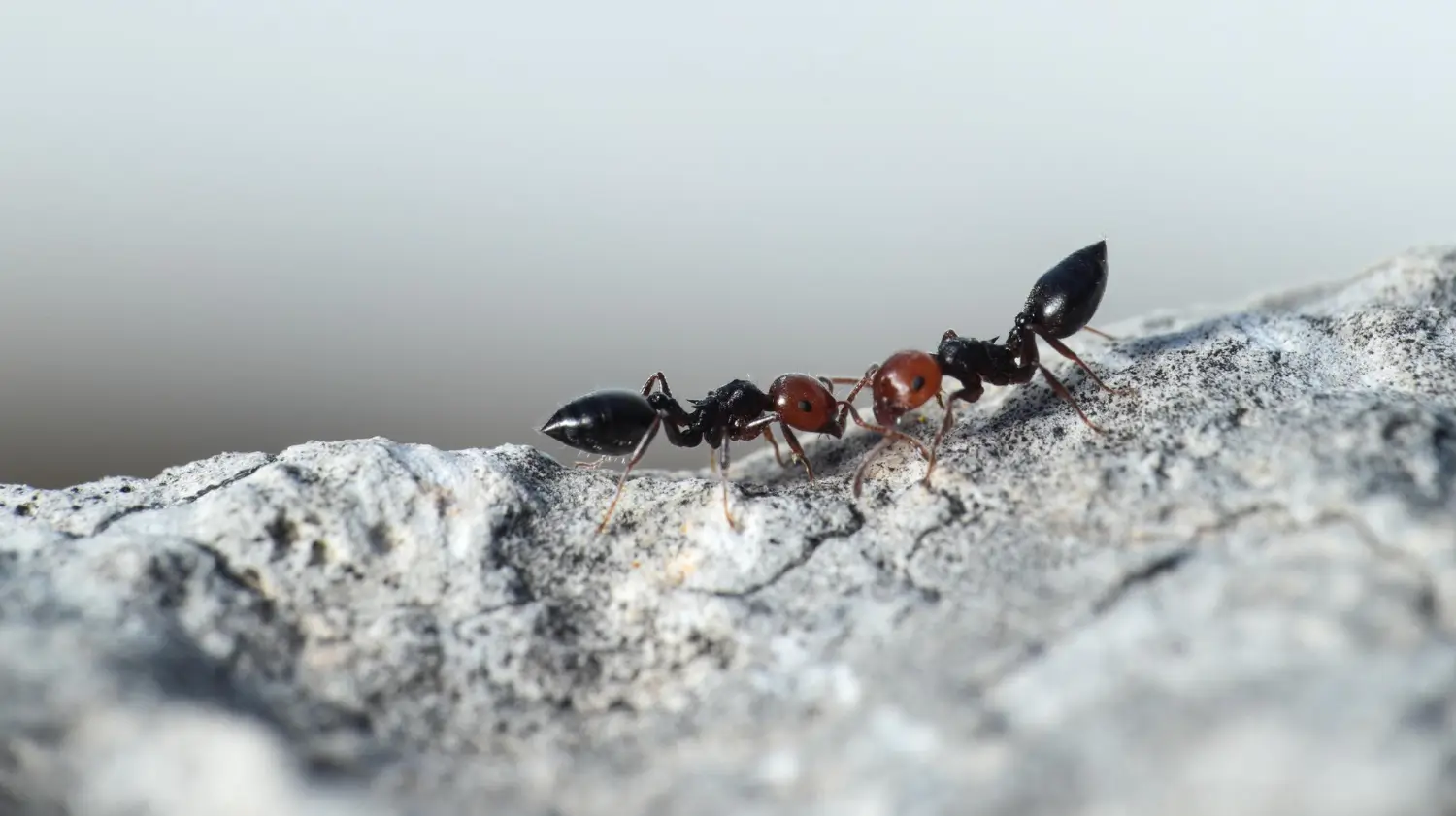
Residential & Commercial Pest Control
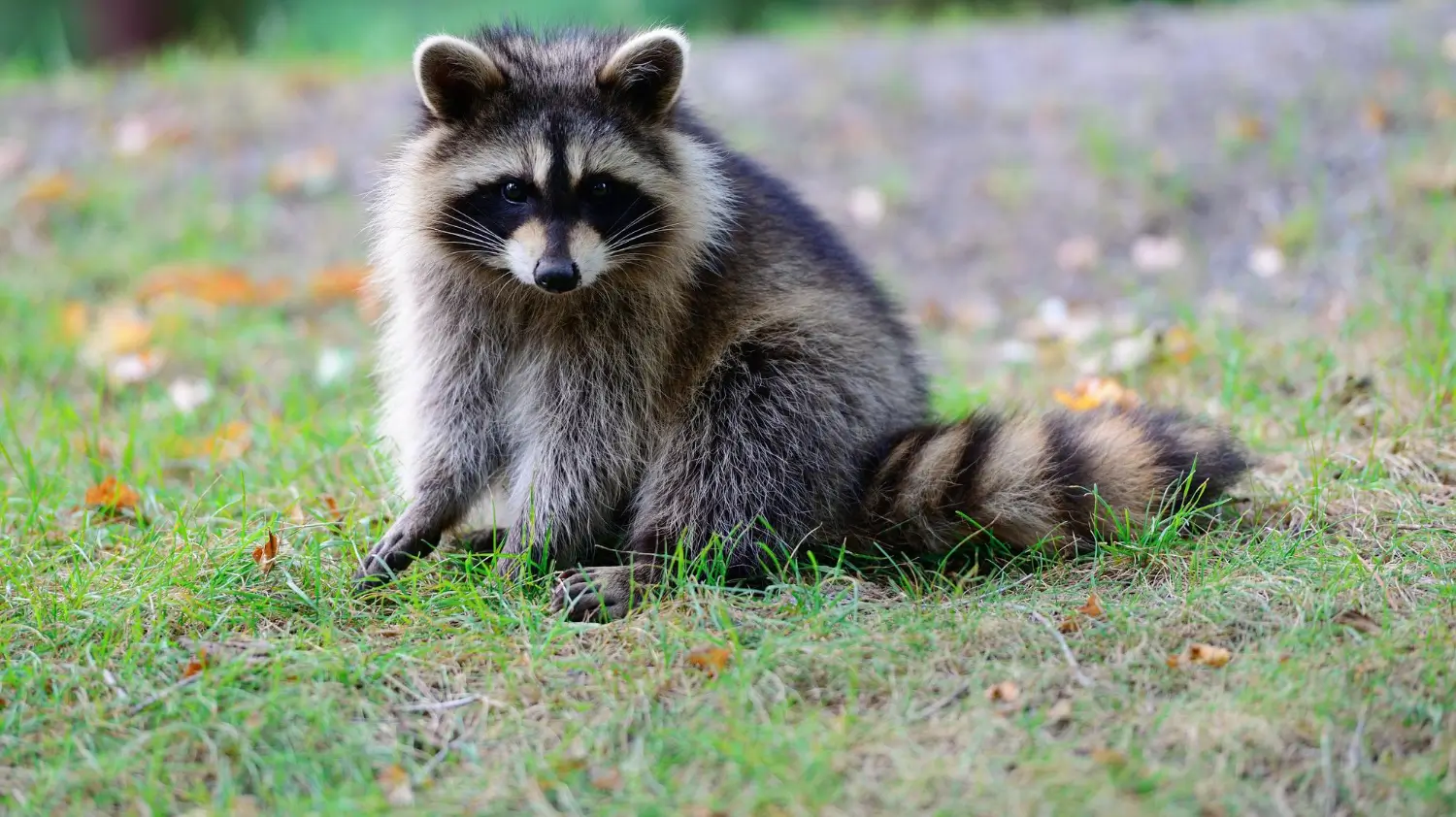
Organic & Natural Pest Solutions
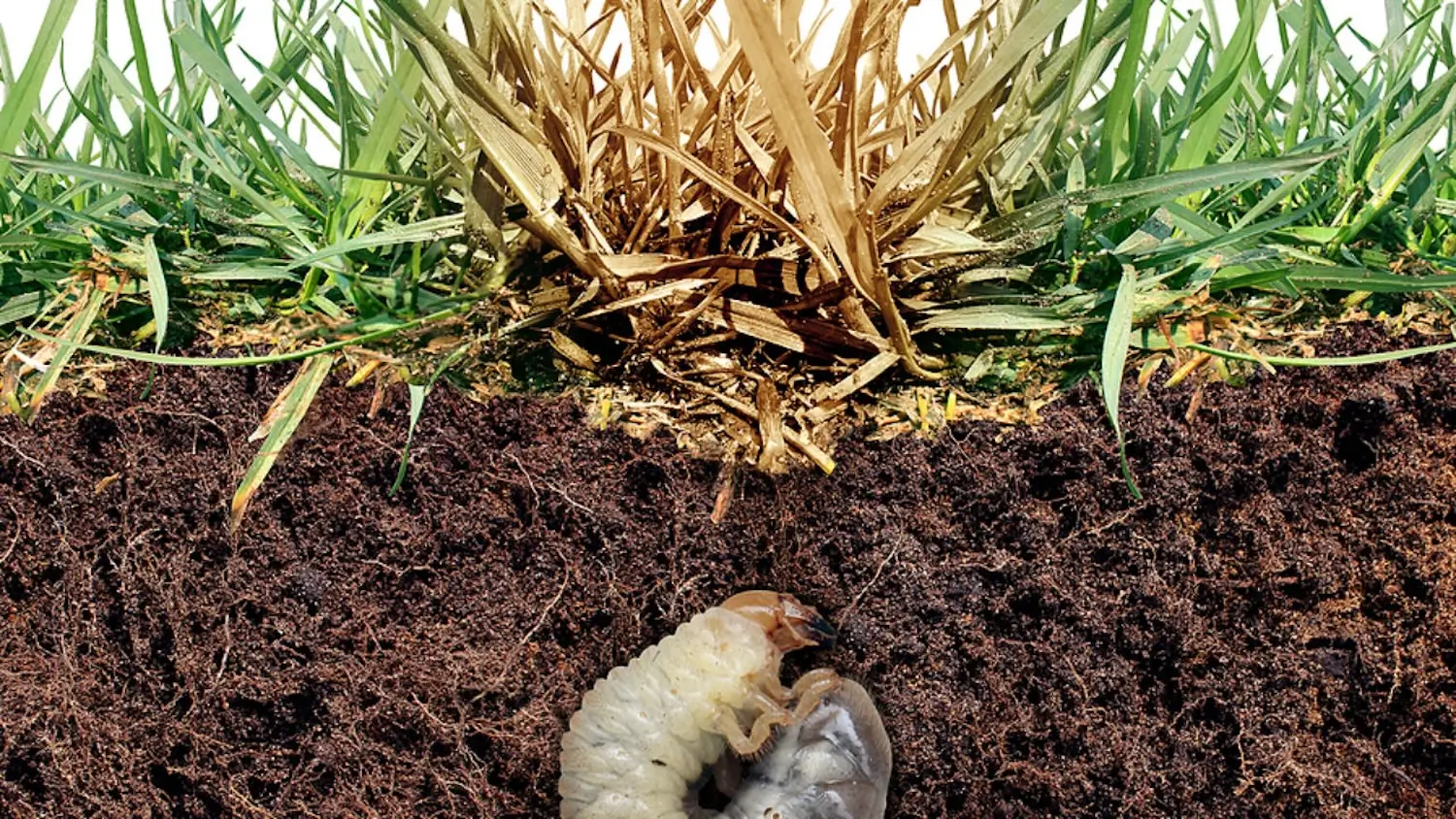
A lush, green lawn can suddenly look patchy and brown when grubs move in. Brown spots, mushy or spongy grass and animals digging in the yard are among the sure signs, typically, that there is a grub problem. Grubs are tiny, C-shaped larvae that are white, and they can wreak havoc on the roots of the grass.
If left unchecked, grubs can destroy entire patches of lawn. This may, in turn, lead to costly repairs or the grass having to be replaced entirely. Acting quickly helps prevent damage and returns the lawn to good health.
Grubs are short, white, small larvae that are found curled into a “C” shape and are the offspring of scarab beetles like Japanese beetles, June bugs and masked chafers. These menaces burrow underground and consume the grassroots.
The life of the beetles usually begins in late spring to early summer when adult beetles lay their eggs in the soil. Then, a few weeks later, the eggs hatch as grubs. The grubs grow rapidly during the late summer and early fall as they eat the roots of grass. If they have overwintered underground, they emerge as adult beetles by the following summer, and the cycle begins anew.
The worst damage occurs in late summer and early fall, when the grubs are larger and consume more roots.
Brown patches on the lawn are one of the first indications of a grub problem. The patches could be soft or spongy to the touch when walked on. Sometimes the damaged grass can even be pulled up with ease, as if lifting a carpet, because the roots have been consumed.
Another indicator is the sighting of animals (like skunks, raccoons, or birds), which can be seen digging in the yard. These animals are hunting for grubs to consume.
There are a number of simple tests to check for grubs. Gently peel back the grass in an area about a square foot and count the grubs you find. If five or more grubs present themselves in that sample area, this means that the lawn requires treatment.
Maintaining a healthy lawn is one of the best ways to protect it from grub problems. A thick, strong lawn is better able to bear grub damage compared to a weak one. Best practices for caring for a lawn include mowing the grass to the appropriate height, watering deeply but not too frequently and using fertilizer at the appropriate times of year.
Aeration is also beneficial. Aerating the lawn is the act of creating tiny holes in the soil, allowing air, water and nutrients to reach the roots. It also disturbs the soil where grubs reside, which makes it difficult for them to survive and causes damage.
Proper timing is crucial for effective grub control. There are two primary times when one should treat the grass:
Some people opt for natural and biological methods to manage grubs. These are also safe for pets, kids, and are considered environmentally safe. They do a good job if used correctly, and they can be part of a healthy lawn care plan.
Beneficial nematodes are microscopic worms that live in the soil. They sniff out grubs, find them, penetrate into their bodies and disseminate bacteria that kill the grubs from the inside. Nematodes are 100 percent safe for people, pets, and plants.
When applying nematodes, they are mixed with water and sprayed onto the lawn, ideally during cooler hours. The soil should remain moist for several days after application to aid the nematodes in surviving as well as locating the grubs.
Another natural grub treatment is Milky Spore powder and it is effective in killing Japanese beetle grubs. Once applied to the lawn, the spores persist in the soil and are consumed by grubs as they feed. With time, spores proliferate and transmit themselves naturally, which gives the lawn long-term protection.
Some of the best grub killers for lawns contain plant oils and other natural ingredients including neem oil and diatomaceous earth, which can also lower grub populations. Neem oil can stop the life cycle of grubs, while diatomaceous earth dehydrates and kills soft-bodies pests. These may work best when they are part of a more comprehensive lawn care plan.
Chemical grub killers are a powerful method of managing grub problems when natural remedies are insufficient. These treatments act quickly, and they can prevent lawns from being seriously damaged. But they need to be used responsibly to safeguard pets, people and the environment.
Preventive insecticides halt grubs before they can launch a major onslaught. They are often used in product formulations that contain ingredients like imidacloprid or thiamethoxam. These chemicals are most effective if they are applied in late spring or early summer before the grubs become as big as they are tall.
With a preventive insecticide, safety is key. Once applied, it’s a good idea to water the lawn well, so some water is used to help wash the chemicals into the soil. Pets and kids should stay off the treated space for about 24 hours, or until the grass is completely dry, to avoid any harm.
Curative insecticides are applied when a lawn is heavily infested with grubs. Strong product ingredients, Carbaryl and trichlorfon will kill grubs fast. These are best applied in mid- to late summer before the grubs get too large or change into beetles.
Although curative insecticides act fast, they come with some drawbacks. They can be toxic to beneficial insects and can have a negative impact on the environment if used improperly. And homeowners should read the label instructions carefully and use these chemicals only when needed.
Growcycle supports homeowners and gardeners who want to take control over grubs with natural, environmentally friendly options. Instead of using toxic chemicals, they favor products that work against grubs in a safe manner not harmful to pets, children or the environment.
BioAdvanced’s Season-Long Grub Control provides up to four months of grub protection. It's made with imidacloprid to protect the lawn from grub damage while also being safe for pets.
Bonide’s Annual Grub Beater is a convenient and ready-to-use grub control product for seasonal use. It includes imidacloprid and lasts up to one year with a springtime application.
Scotts GrubEx is also a name to trust for grub control, using the active ingredient chlorantraniliprole to kill grubs. Although it works very well, pets are to be kept off the treated area until product has been watered in and grass has dried which is typically 24 hours.
Scotts GrubEx is an excellent choice for season-long prevention, but timing and application are crucial to keep the pets safe.
Acelepryn Insecticide is a liquid that should be applied to the soil to address grubs and armyworms. It has the active ingredient chlorantraniliprole, and is known for its pet- and eco-friendliness.
One can enter the lawn after the product is applied and dried.
Proper application of grub killers is essential to eliminate grubs and protect the lawn. Whether heavy on natural, biological, or downright chemical ingredients in the application, carrying out these steps makes the treatment effective and the lawn safe for pets or people.
Before using any grub killer, the lawn must be prepared:
Various grub killers are available as granules, liquids or sprays. It's also important to use the appropriate method based on the product:
Water the lawn well after using the best grub killer for lawns. This is to help get the product into the soil where the grubs are located. It also keeps the product from lingering on the grass.
For pet and child safety, everyone should be kept off the lawn until the product has dried and absorbed into the soil. This may take between 4 and 24 hours depending on the product. Refer to the label instructions to determine when it is safe for pets to return.
A second application may be required depending on the product used and how many grubs were present in the lawn:
What is the best grub solution for lawns?
It really depends on whether one would prefer natural or chemical treatments. Both beneficial nematodes and milky spore powder are natural grub treatments that work simply great along with the pets. Grubs can also be controlled naturally with neem oil and diatomaceous earth. If users prefer chemicals, both Scotts GrubEx and BioAdvanced Grub Control work well and protect the lawn for months.
How do you kill grubs in your lawn?
If people want to kill grubs, apply the best grub killer for lawns at the right time of year. Mow, rake up all debris, and lightly water the lawn. To apply the product, use a spreader or sprayer and water the lawn afterwards. Keep pets and kids off the lawn until the product has dried. For best results, follow the instructions.
How to get rid of grubs organically?
If gardeners want a natural way to get rid of grubs, they can keep a healthy lawn by mowing and watering correctly and applying fertilizer at the proper time. Another recommended practice to prevent grub damage is to aerate the lawn. Apply preventive treatments, such as imidacloprid, in late spring, and curative treatments, like carbaryl, if grubs are already present before they mature into beetles.
Controlling grubs is critical for maintaining a lush green lawn. No matter what kind of ecosystem trying to create, whether it’s through natural, biological or chemical treatments, choose the best solution for the lawn’s needs, while also keeping pets and the environment safe. Acting early, with preventive treatments and other good lawn care is the key to stopping grubs before they cause damage. Try Growcycle for environmentally-friendly alternatives to kill grubs without killing the lawn or nature. Good maintenance and prompt attention will keep the lawn beautiful.
Disclaimer: This material is for informational purposes only and should not be relied on for legal, medical, financial, or any other form of professional advice.

Residential & Commercial Pest Control

Maintenance & Equipment Tips

Smart Irrigation Systems

Residential & Commercial Pest Control

Organic & Natural Pest Solutions
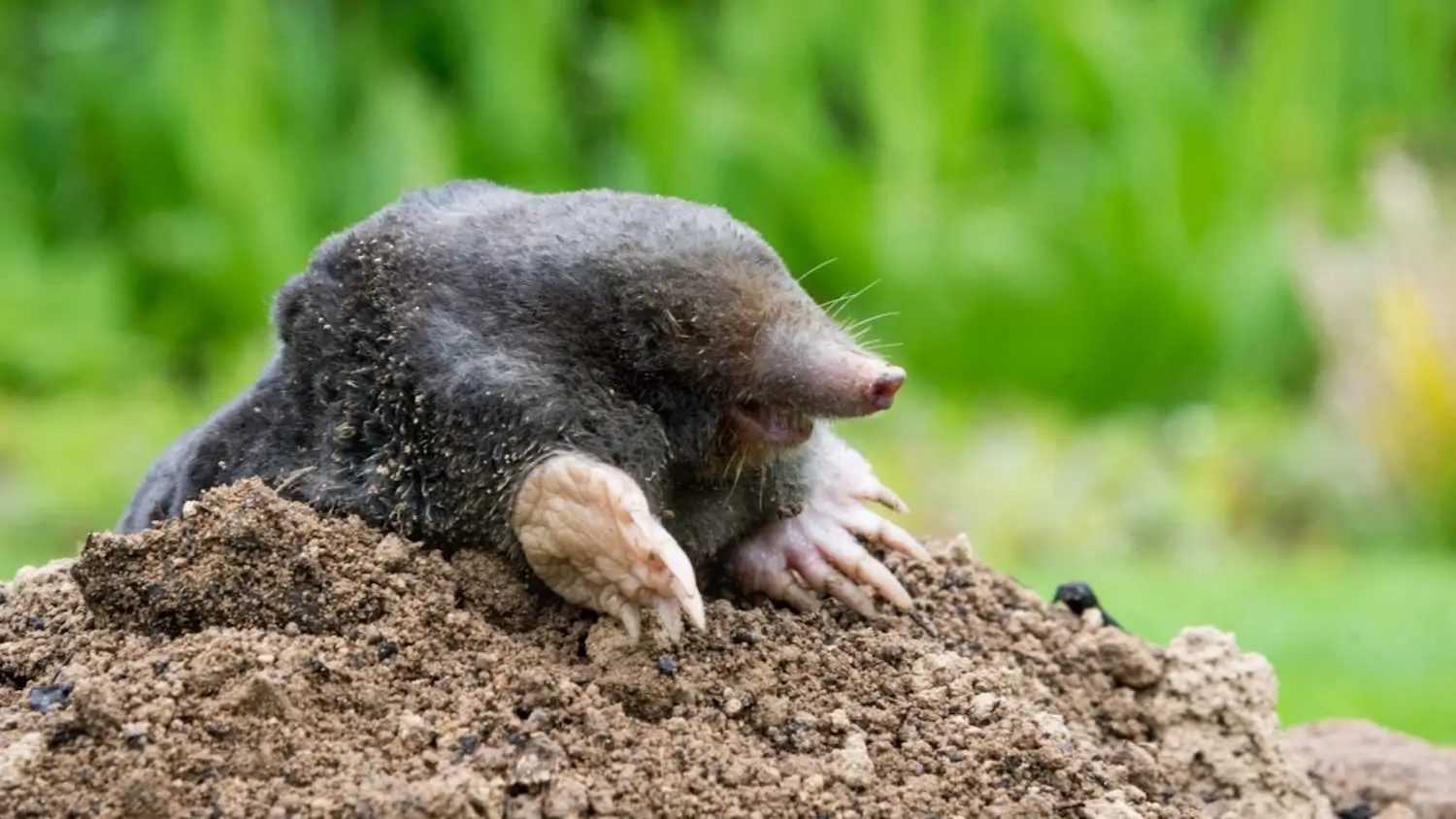
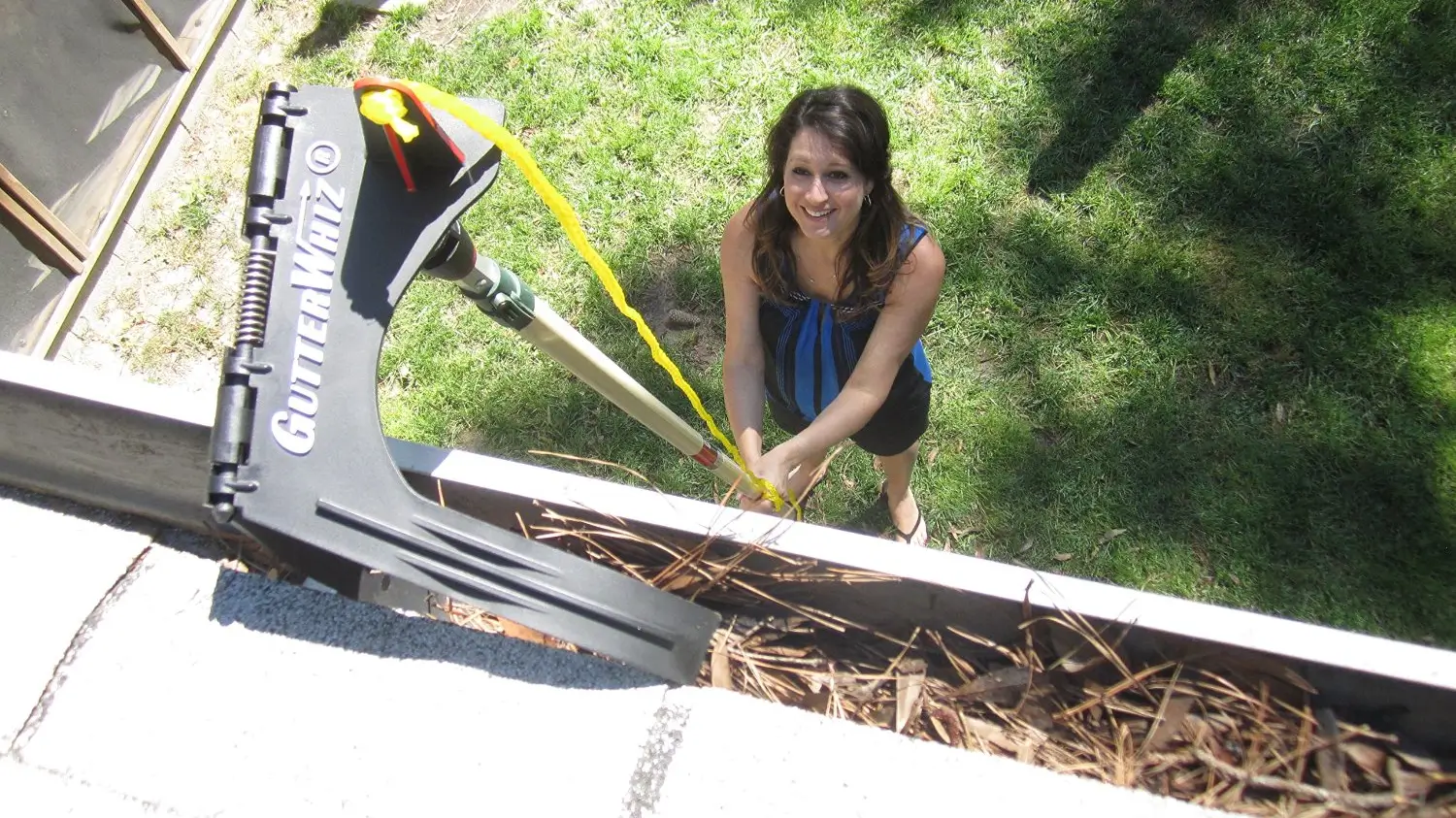




Software & Robotics
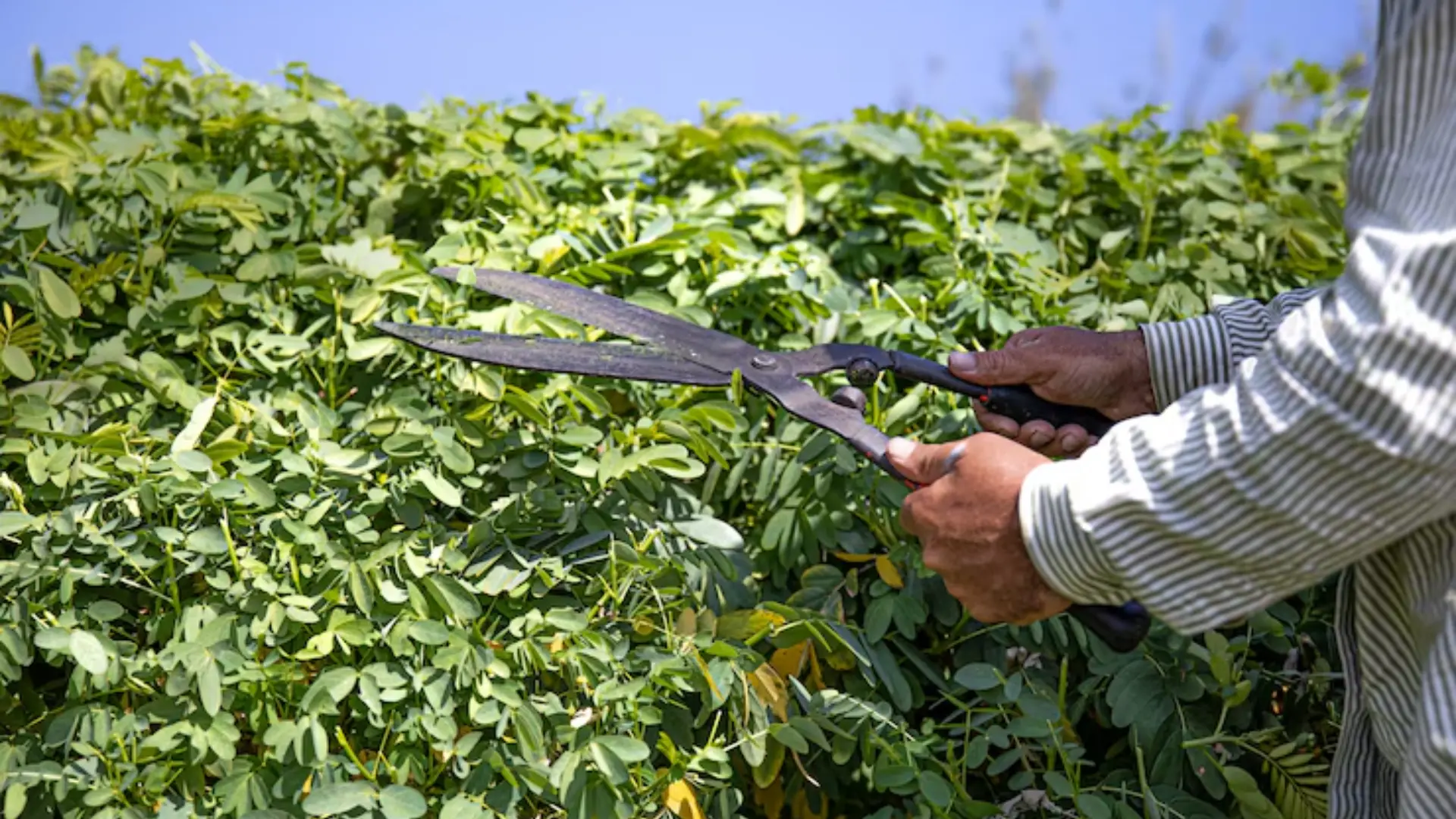
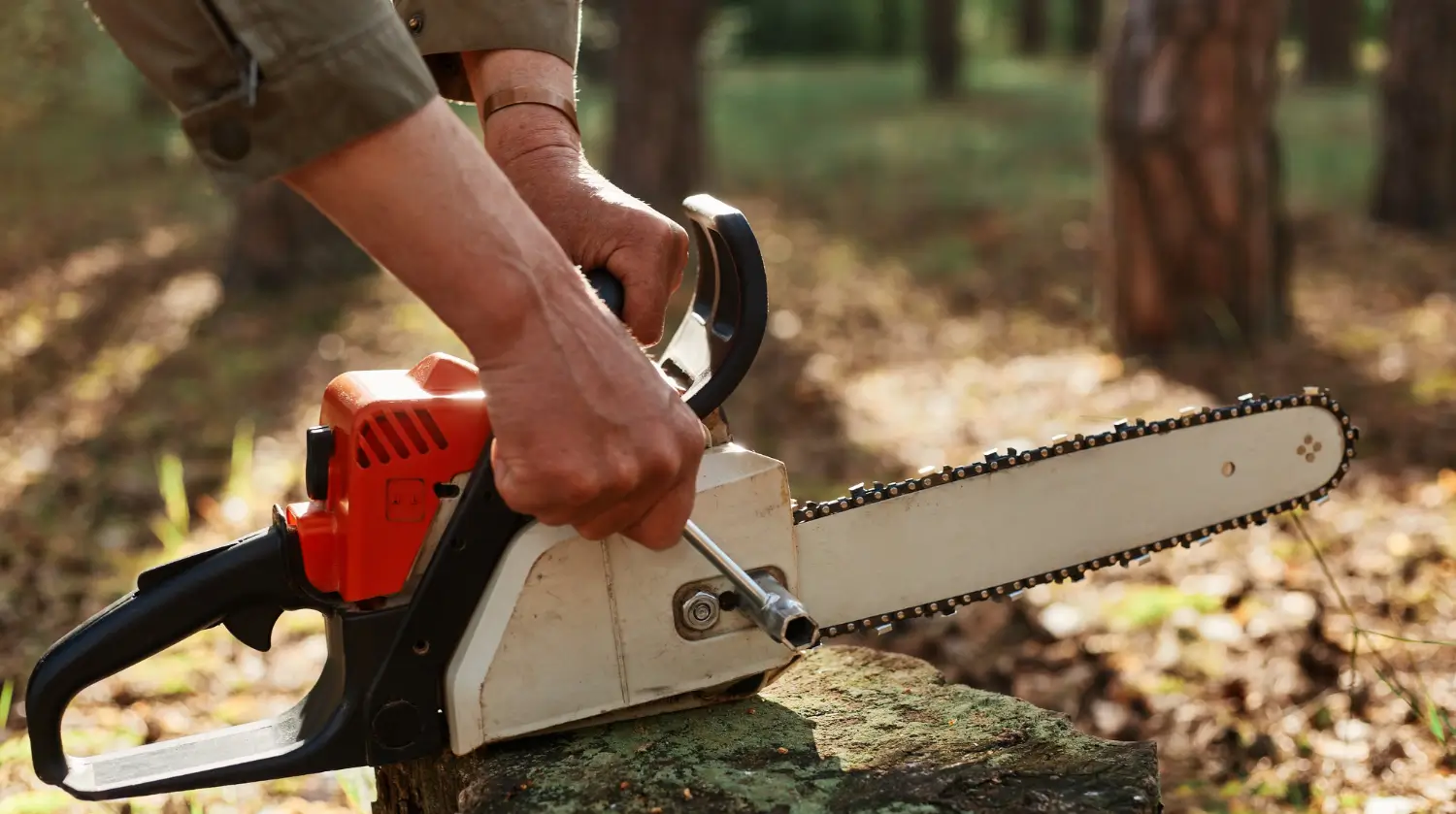


AgriTech & Farm Automation

Greenhouse Growing

Smart Garden Gadgets
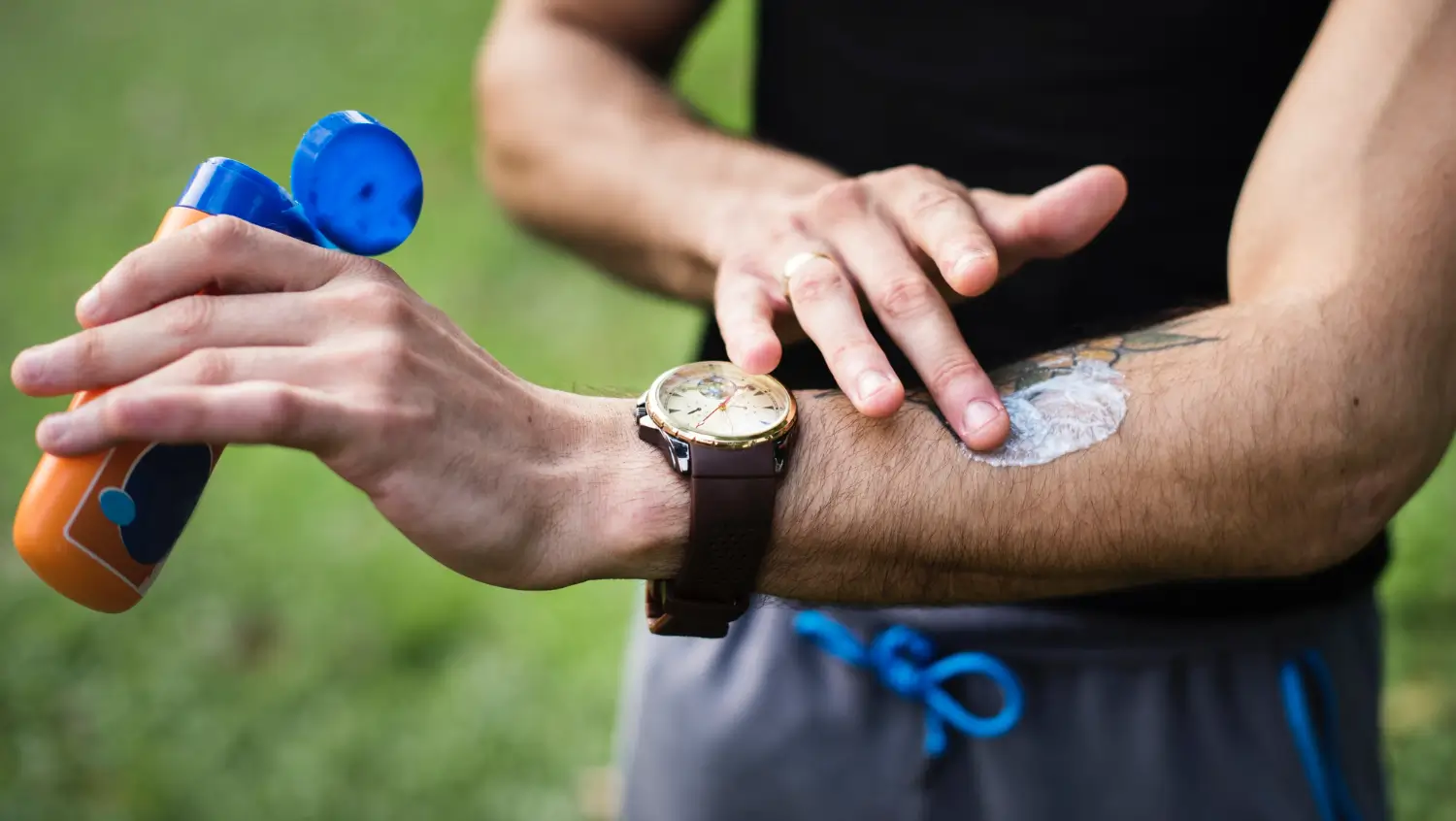


Climate

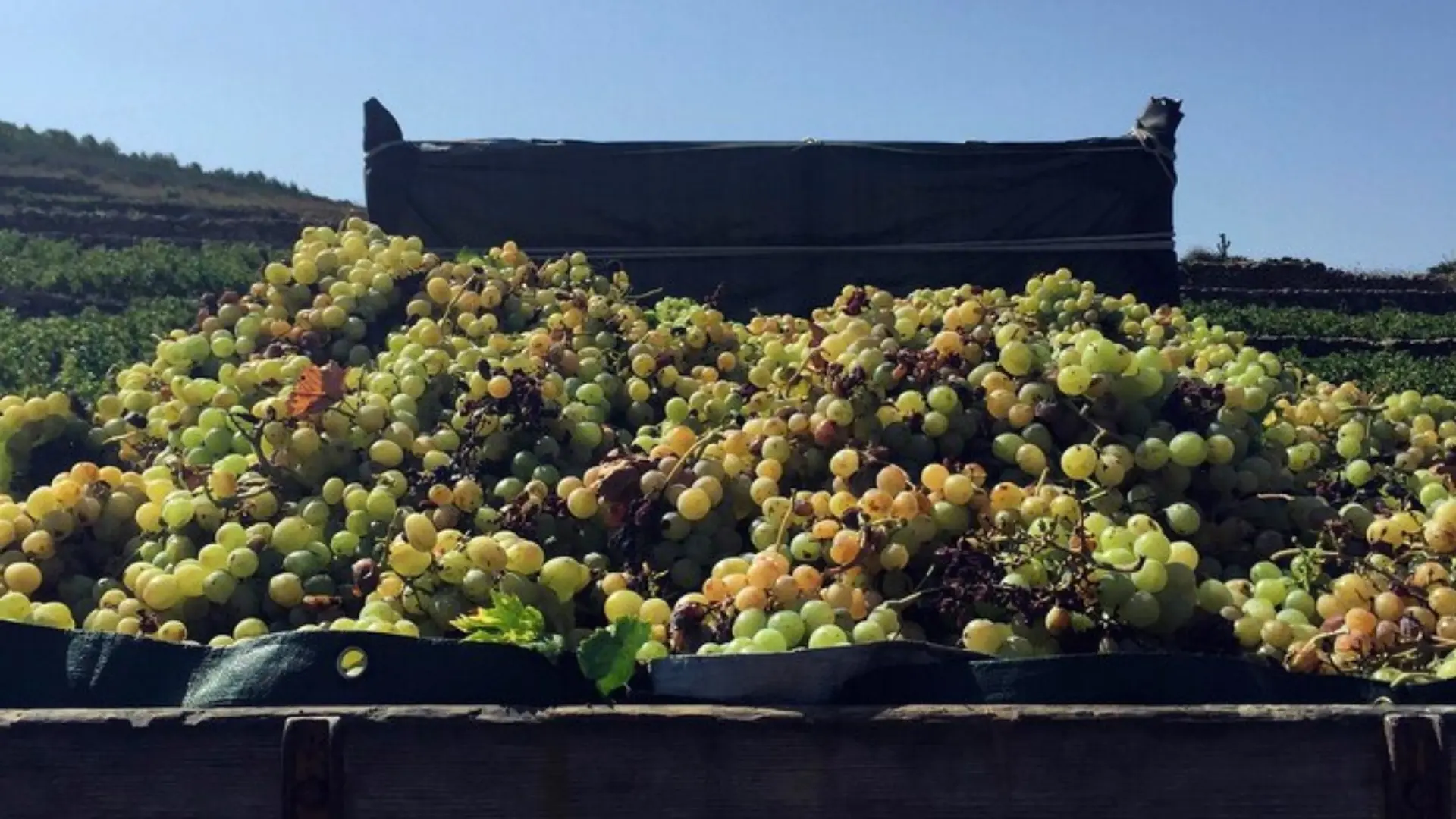

Climate
